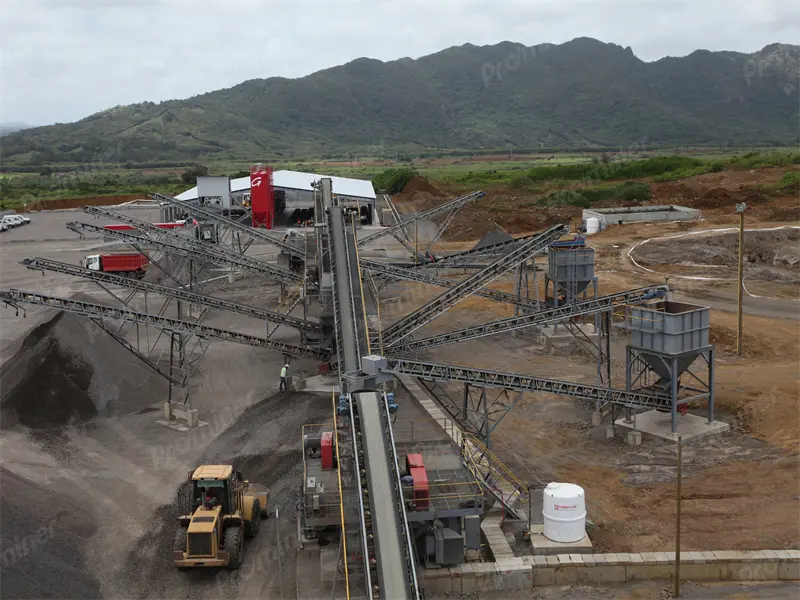


Gravel is typically found in sand-containing deposits, excavated primarily from sediments in river bends. The size of most naturally mined gravel just meets the requirements for construction materials. Before use, it only needs to be separated from the sand by a screen machine and the clay, wood and other foreign matter on its surface can be removed.
Gravel: After the rocks are broken by weathering and washed by water for a long time, the surface becomes quite smooth without edges and corners. Pebbles are a common type of gravel.
Crushed rock: It is the rock particles obtained by crushing and screening natural rocks (mostly mountain rocks) by mining machinery. The size of the gravel is often larger than 4.75mm, and the surface is rough and angular.
Gravel: Usually found in deposits containing sand, excavated primarily from sediments in the bends of rivers. The size of most naturally mined gravel just meets the requirements for construction materials. Before use, it only needs to be separated from the sand by a screen machine and the clay, wood and other foreign matter on its surface can be removed.
Crushed stone: The large stones blasted from the mountain are sent to the coarse crushing equipment through the feeder for primary crushing, and then sent to the fine crusher by the belt conveyor for further crushing. The finished materials are then screened and graded through the circular vibrating screen to produce Different sizes of gravel.
Gravel: Due to years of water surfing, the hardness has been significantly reduced, and because the surface is smooth, it is not easy to bond with cement, which affects the stability of construction. In addition, data shows that gravel has a high silica content and is denser than gravel. To produce the same output of concrete, gravel consumption is 12% more than gravel, and the energy saving advantage is not obvious.
Gravel: The gravel processed by mechanical crushing not only has high hardness and strength, but also has sharp edges and corners, making it easier to bond with cement. Experiments have shown that concrete produced using gravel has a 10% strength advantage over gravel, and gravel concrete has a lower thermal expansion coefficient than gravel concrete, which means that as the temperature changes, the strength of gravel concrete poured Slab expands and contracts less than gravel concrete. This thermal stability, coupled with curability, results in smaller crack widths in gravel concrete slabs.
Gravel: Although gravel and gravel are both commonly used building stones, there are differences in their uses. Due to its smooth and beautiful appearance, gravel is widely used in public buildings, villas, courtyard buildings, park rockeries, bonsai filling materials, garden art and other superstructures.
Gravel: Gravel is mainly used for road paving in infrastructure projects such as railways, highways, and water conservancy projects, and for the production of cement and concrete for construction.
To find out more about our products and solutions, please fll out the form below and one of our experts will get back to you shortly
3000 TPD Gold Flotation Project in Shandong Province
2500TPD Lithium Ore Flotation in Sichuan
Fax: (+86) 021-60870195
Address: No.2555,Xiupu Road, Pudong, Shanghai
Copyright © 2023. Prominer (Shanghai) Mining Technology Co.,Ltd.
